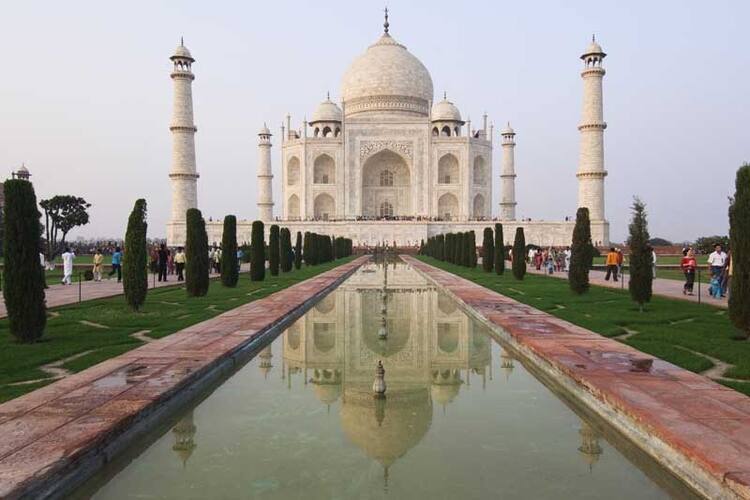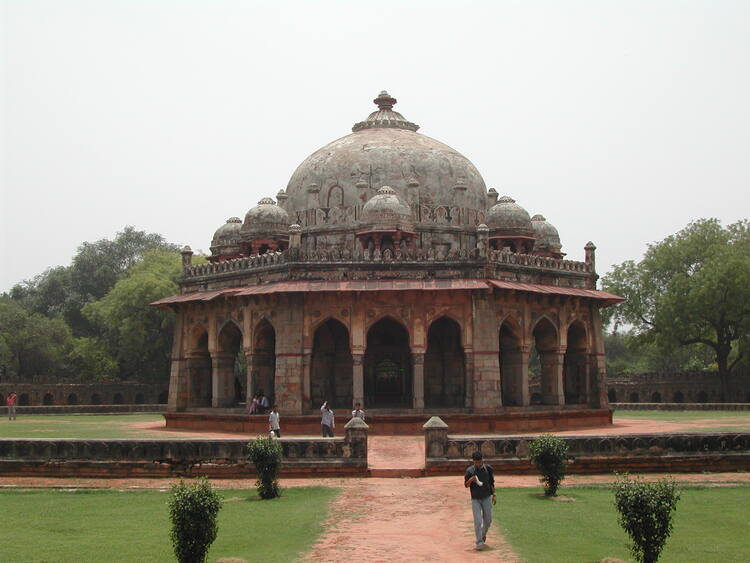Mughal Architecture
Today, I wanted to flavour this blog up with some amazing architecture from around the world, so we're taking this to India, the home of creative art.
Mughal Architecture blossomed throughout the16th-18th century in the northern and central parts of India, under the rule of the Mughal empires. What makes this architecture so special is its uniform patterns of structure and character, including humongous spherical and convex domes, slim and lissom minarets at the corners, huge extensive halls, extraordinary large protected gateways and precise granular ornamentation.
 |
| Image: https://whc.unesco.org/en/list/252 |
A couple of examples of this IndoIslamic architecture include:
- The Taj Mahal (in Agra, Uttar Pradesh, India)
 |
| Image: https://whc.unesco.org/en/list/232 |
- Humayun's Tomb (in Dehli, India)
Thanks for tunings in into today's post about Mughal architecture!
Check out our twitter page at https://twitter.com/class25s2_Arch!!!
-Karthik
Check out our twitter page at https://twitter.com/class25s2_Arch!!!
-Karthik
Comments
Post a Comment